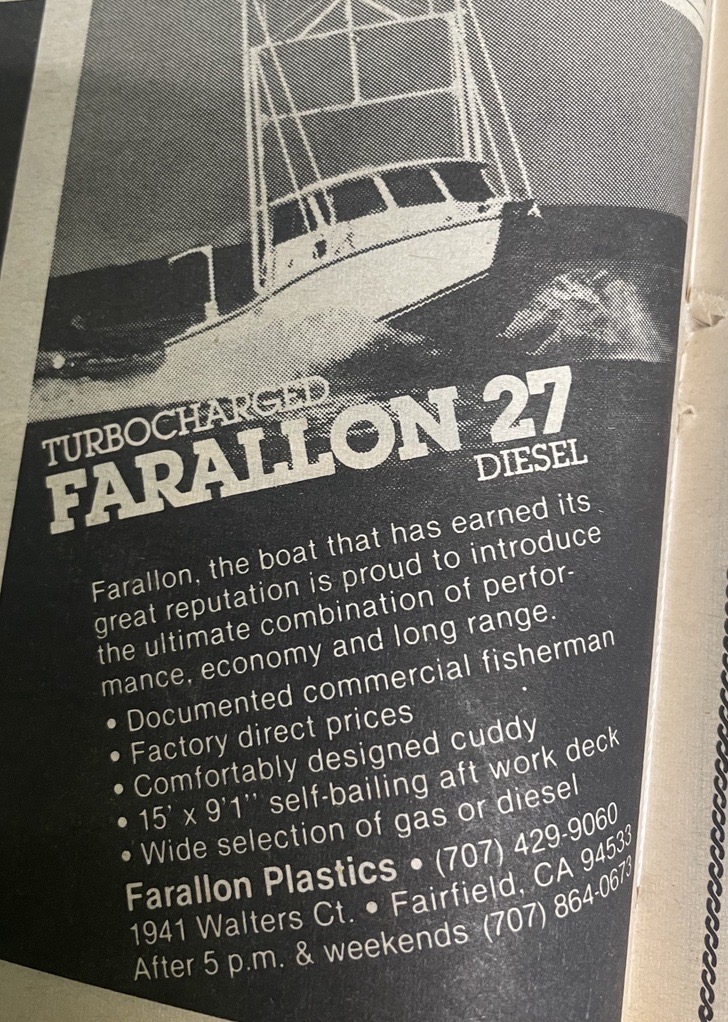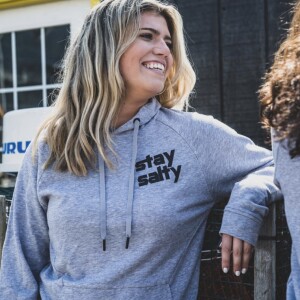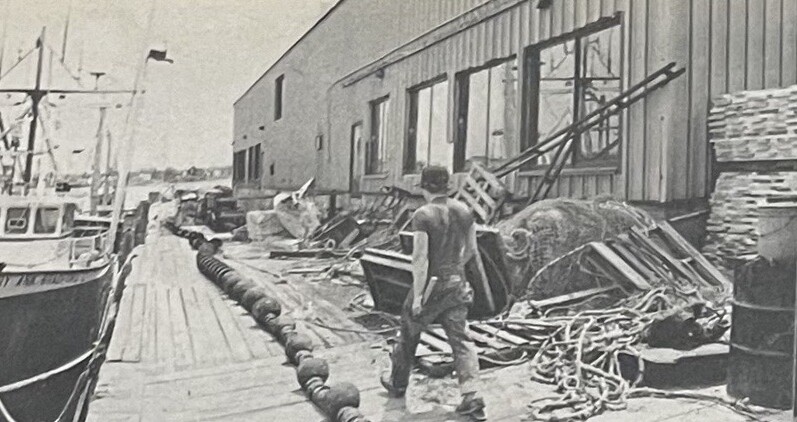Originally featured in June 1963 National Fisherman, written by Tom. H. Inkster.
A noted sport fishing writer titled his piece, "Don't Fish in the Northwest." Washington and Oregon sportsmen read it eagerly to find out what else the numbskill had to say. But he was an intelligent fellow who really knew his fishing and concluded the "don't fish in the northwest" bit with "unless you intend to live there." Over enthusiastic though he was, sport fishing is big business in Washington and Oregon.
Last year, there were 426,233 licensed resident sport fishermen in Oregon and 380,585 in Washington, registering a take for the two states of over 3 million dollars in fees. To this, there could be added many millions of dollars spent by tourists attracted to the northwest primarily for fishing.
How does this affect commercial fishing? With commercial fishermen and sportsmen competing for salmon, there is bound to be some friction.
With hundreds of excellent places for inland fishing in Washington, commercial fishermen wonder why sportsmen want to fish for salmon in salt water when there is no end to well-stocked lakes and mountain streams to excite any angler. Commercial fishermen declare that catching a female salmon filled with eggs is like shooting fish in a barrel, and the fact that sportsmen do not require a license to fish salmon in salt water annoys them.
Two Take Hook
Of the five species of Pacific salmon, only two—king and silver (sometimes called coho or medium red)—will generally take the hook. Ninety percent of the salmon caught by sportsmen are of these two species. One could, therefore, argue that much of the salmon harvest would not be utilized if sport fishing were not permitted.
For years, there was a constant war in the state of Washinton between the men who fished salmon for the fun of it and the men who did so for a livelihood. The sport fishermen brought an end to the fish traps, and the clamoring of commercial fishermen resulted in a daily limit on what a sport fisherman could catch.
Everyone realized that both commercial and sport fishing are valuable assets for that state's economy and the well-being of scientists and biologists to determine how many might be caught by each group to maintain a maximum sustained yield by permitting enough salmon to escape to the spawning grounds and propagate the stocks.

In striving to please all and, at the same time, maintain conservation, numerous variances arise between the two states. In Washington, the salmon limit for sport fishing is three per day, in Oregon only two. The steelhead is a fish that very closely resembles a salmon in appearance but is actually a trout. It can be fished commercially on the Oregon side of the Columbia River, but only sportfishing for steelhead is permitted on the Washington side.
Turnabout
Laws permitting Indians to fish the lakes and streams on their reservations year-round without limit ired many sportsmen. When they protested, the Indians made the affair very interesting and highly amusing by forbidding any white man to even look at the excellent fishing spots on Lake Quinault. Later, that decree was amended to permit the whites to visit Lake Quinault but to enjoy the scenery.
Another controversy that leaves commercial fishermen as interested bystanders concerns sportsmen contesting municipalities' right to close watersheds to public access. Sportsmen see one watershed after another being closed at a time when the pressure for more outdoor recreation areas is increasing because of an expanding population with more leisure time.
Health departments advise closing watersheds to supply a "safe" water supply. Sportsmen say this is eyewash and point to open watersheds from which water is treated for disinfection only, which has had no harmful effects. Because the matter is finally resolved, definite information must replace the abundance of talk in broad generalities. Washington's unexcelled water resources must be intelligently managed for the best interest of its owners and the public.
Today, all is not sweetness and jot between the commercial fishermen and the sportsmen, but there is no more bickering. The recent unsuccessful efforts of the sport fishermen to get a referendum on the ballot to put the Washington Fisheries Dept. under a commission, which the commercial fishermen vehemently opposed, was a clear indication that some friction still exists between the two groups. Regarding catching salmon, the groups fight each other but stand solidly together regarding conservation problems involving saving salmon.
With more dams being built, both groups have seen the terrible depletion of the great salmon runs. For 17 years, they fought the construction of the Mayfield Dam on the Cowlitz River. In their determination to preserve the spawning grounds, they were supported by state and federal fisheries department heads. However, the federal power authority ruled that electricity for the city of Tacoma was more critical than fish conservation.
Huge Failure
The Mayfield Dam was officially opened on March 30 of this year. An elevator conveys the large upbound fish up over the dam, and a flume moves the small fish heading downstream for the sea to the Cowlitz River below the dam. Tacoma City Light says that 75% of all fish will be saved.
Fishing interests are skeptical of the results of fish escapement at other dams. They recall that the Idaho Power Co. was telling people about their innovation to save fish in Hell's Canyon only a few years ago.
In the unique facilities at Hell's Canyon, a steel and plastic mesh net 2800' long and 120' deep, supported by a cable stretching more than half a mile across the Snake River above Brownlee Dam, was hoped to prevent ocean-bound fingerlings from going over the dam or through the turbines. From the fish collecting barges, the fish are pumped to aerated tank trucks for hauling around the dams (there will eventually be three dams), then released in the Snake River to continue their way to the Columbia and the sea.
It should be pointed out here that saving the sizeable firm fish heading up the streams is comparatively simple. The problem is keeping the very young fish bound downstream, swimming close to the surface and not yet strong enough to endure the many contrivances man has devised readily. Biologists and scientists had high hopes for the Hell's Canyon project, but it proved a colossal failure. IN 1959, the first year of its operation, the Idaho Power Co. counted about 150,000 migrants. Then the number dwindles to 50,000 in 1960, 20,000 in 1961, and only 16,000 in 1962.
Pollution Problem
Washington's water pollution problem irritates all fishermen when they think of the hundreds of thousands of dollars spent on one "survey" after another, with each one filed away and buried without any beneficial action whatsoever. Another appalling commentary is the mission of dollars—that will come from the taxpayers eventually—that have been wasted on ridiculous schemes in a hopeless effort to save the salmon.
Salmon heading homeward to spawn are not necessarily looking for where they were born but for a good gravel bed in that area. One, therefore, naturally wonders if, instead of forcing them over the dams, much money, effort, time, and fish might have been saved by simply diverting salmon and steelhead to other streams with food gravel beds for spawning.







